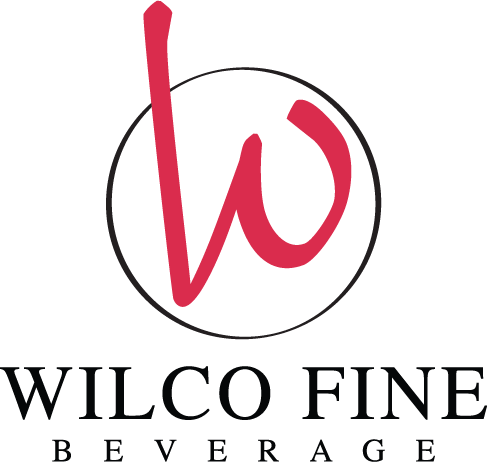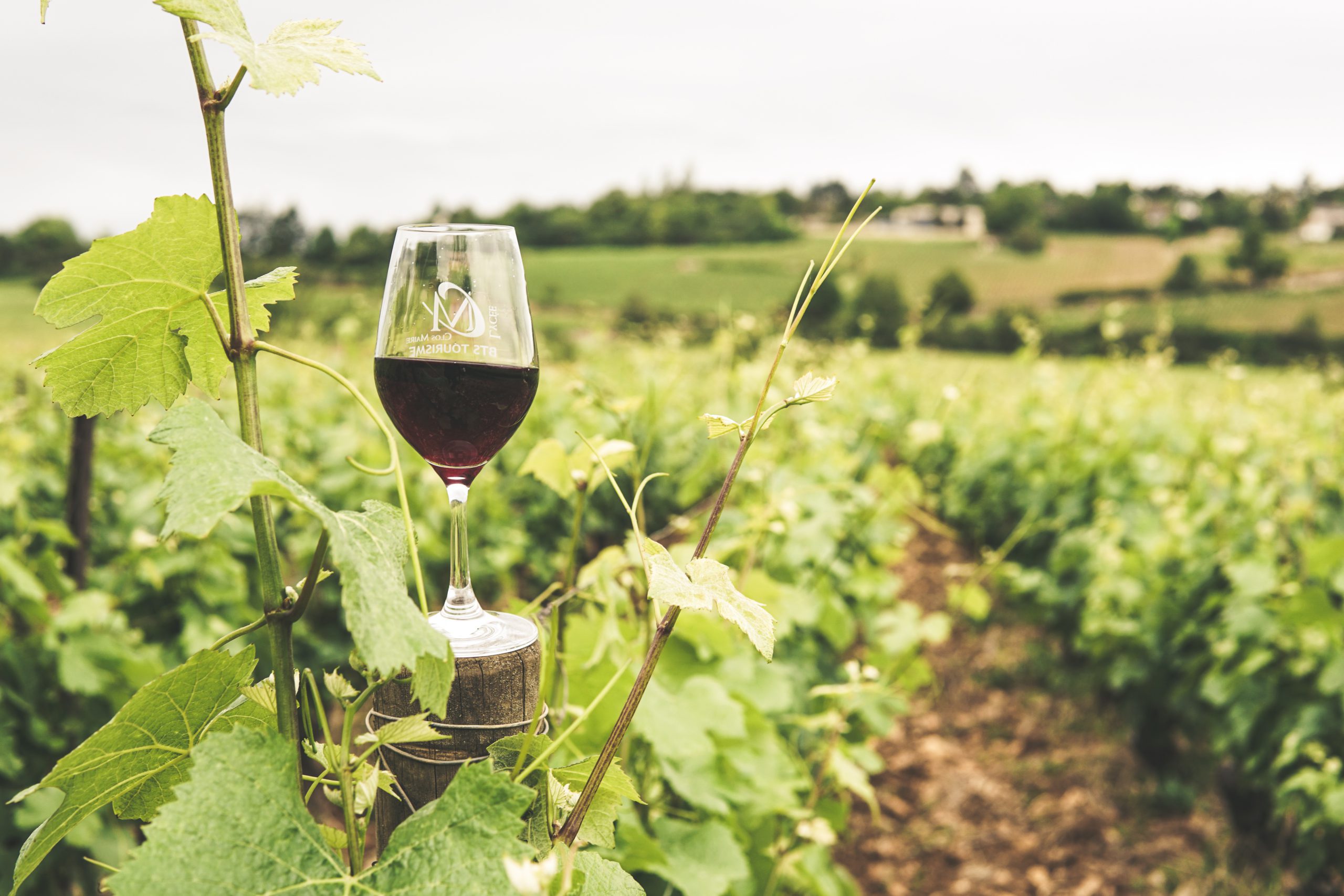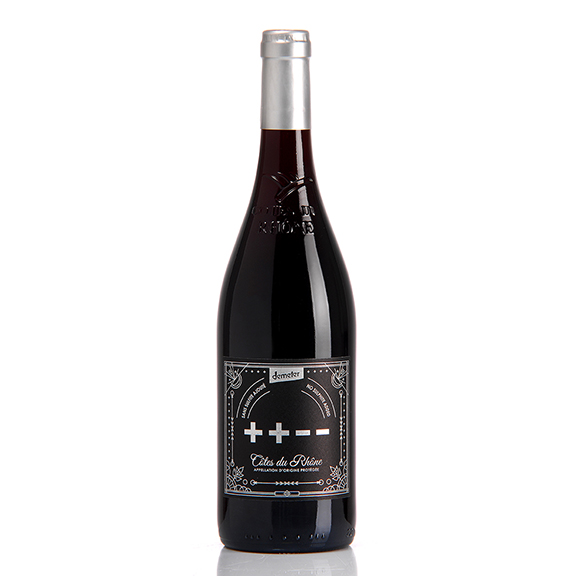By: Phillip Reedman MW
Reading Time for Blog Post 3: 8 min 38 sec
Wine, as we are fortunate enough to know it, is a triumph of the farmer over the forces of nature. Sure, the forces of nature, the good ones at least, have to be harnessed, but the bad ones, well, they need to be defeated. The annual cycle of managing a vine most likely involves the vigneron fighting against everything from viruses, moulds, algae, insects, bacteria, birds, and mammals. Oh, and let’s not forget the complexities caused to all of those by climate change and its impacts. It is often asked, “Who’d want to be a grape grower?” Who indeed? If I make viticulture sound like a war, then perhaps that’s no bad analogy.
How to fight that war is the discussion point de jour. Broadly, there are three factions: Conventional, organic and biodynamic. But from the start, let’s be clear….if only it were that simple.
This is such a huge subject that I’m going to cherry-pick out a few of the issues to illustrate the broader points. Let’s look at how growers with three different cultural philosophies might manage fungal diseases, insect pests and how they work in the vineyard to deal with weeds and soil nutrition. If you want the more chapter and verse approach, I can heartily recommend Britt and Per Karlsson’s book, Biodynamic, Organic and Natural Winemaking.
Fungal diseases are the perennial bugbear of viticulturists. No matter how you choose to grow your grapes, there’s a fungus just waiting to wreak havoc. Mildews* in the form of powdery and downy are the main culprits, but grey rot…as attractive as its name suggests, is also a problem for many varieties.
So, how are these problems handled? For a starting point, let’s assume that each of our three growers is diligent with their canopy management. Sunlight, as the saying goes, is the best disinfectant. It certainly can be when thinking about a vineyard. Managing the canopy; arranging the shoots and leaves into some sort of order reduces disease risk. Sunlight, air flow and spray penetration are where conventional and other forms of viticulture intersect. Conventional grape growers use this approach because it works for them. Organic and biodynamic growers use this approach because it is the bedrock of their success. A breeze rippling through a vineyard dries out moisture on the leaves. Sunlight into the canopy inhibits the germination of powdery mildew spores.An open canopy allows sprays of all types to reach where they are needed.
All three of our growers will most likely be using a smartphone app which, connected to their vineyard weather data, will tell them when there’s a risk of a disease outbreak. Obviously, they’ll be using common sense too, but precise data coupled with models of the fungal lifecycle help eliminate that ‘just in case’ spray application. When the red flag comes up, the conventional grower will load up the spray cart with a synthetic fungicide and spray the vineyard. Importantly the spray being used this year won’t be the same as the one used last year. Why? Because these fungi evolve and develop resistance. If the grower gets on top of the problem at the outset, maybe even uses a preventative spray, rather than trying to eliminate a developed problem, the season should be easy. If rain is constant and washes off the sprays or stops the tractor from getting into the vineyard, then, well, “Houston, we have a problem…”
At the other extreme, the biodynamic grower focuses their efforts on helping the vine to help itself. They reason that a strong, healthy vine can repel invaders. Strong vines are created by using one of nine biodynamic sprays. For example, a spray made from the horsetail plant is used to help build resistance against fungi. Horsetail plants naturally contain sulphur, and sulphur is a great natural fungicide. By spraying the vines with this spray, biodynamics fends off the fungal risk. But as with the conventional grower, constant rain will wash away the protective element.
An important aspect of biodynamic agriculture is conducting vineyard operations according to the cosmic rhythm. Growers refer to four different types of day: Root, Flower, Shoot and Leaf. By consulting an annual calendar, a grower can see, for instance, when new vines should be planted in order to give their root systems the best start. The idea of cosmic rhythms is one of the most confounding aspects of biodynamics, but it is a belief that many biodynamic growers adhere to.
The organic grower, who is forbidden by their certifying body to use synthetic sprays, takes a middle approach. Sulphur, as we know, protects against fungi, so why not spray elemental sulphur? Well, that’s exactly what organic growers do, and some conventional growers too, to treat powdery mildew. Copper is the organic grower’s weapon of choice against downy mildew though this is coming under increasing scrutiny because copper is toxic.
Next pest off the rank, let’s look at insects in the vineyard. We need insects in the vineyard ecosystem, and so the obvious problem with using an insecticide to eradicate a pest insect is that to a droplet of insecticide, an insect is an insect. You kill the good along with the bad. That’s not good. One well-implemented solution to reducing the grapevine moth is sexual confusion using pheromone baits in the vineyard. These baits slow the reproduction of the moth and thereby reduce the damage their caterpillars cause. Eliminating plant habitat, which harbours problem insects, is another possible approach but a more recent trend, adopted by growers of all cultural persuasions, is planting native insectary plants. These plants provide habitat for native insects, the types of insects that growers want in their vineyards to help restore ecological balance. In effect, you’re encouraging good insects to colonise the vineyard, doing away with the bad insects.
Alright then, we’ve got a healthy vineyard, no outbreaks of mildew, no problem insects, the sun is shining, the vines are growing, and so too are the weeds. Both vines and weeds use the nutrients and water in the soil. Uncontrolled weeds and out-of-balance soil nutrient is a recipe for disaster.
Weed control for our conventional grower is, in theory, quite simple. Get into the vineyard when the weeds are growing, give them a good drink of an appropriate weedkiller and hey presto! the job’s done. Do take care not to spray the stuff on the vines, though, because the weedkiller may not differentiate friend from foe. Some weeds are, of course, less keen to give up the fight, so multiple sprays are needed to keep them controlled. It all costs the grower and comes with the risk that with every drive down the row the tractor is compacting the soil. No one wants compacted soils except perhaps a specially evolved weed species.
Certified organic and biodynamic growers avoid the use of synthetic weedkillers; they can only remove weeds ‘mechanically.’ This usually means ploughing the weeds into the soil. Carbon emissions, soil compaction risk and carbon release from the soil mean that ploughing is far from ideal. Better to work with nature and find vegetation which can be managed and is perhaps even useful to the vineyard. It’s a case-by-case, site-by-site situation of finding what will grow, what is needed and what can be managed easily. In New Zealand, sheep are often used to graze the cover crops before the vines are in full leaf. Sheep avoid the risk of soil compaction and bring with them the benefit of fertilising the soil as they munch through the weeds. It must be said that many conventional growers also take this approach of growing cover crops between the vine rows too. Some plants, clovers, for example, add nitrogen to the soil, helping to balance what the vines use each year.
If the cover crop or the grazing animals don’t deliver all the nutrients the vines need, how can the vines be kept healthy and cropping well? Fertiliser is the answer. But fertiliser comes in many forms, and getting the soil fertility right for grape vines is not to be taken lightly. Too much soil fertility results in the vine just wanting to grow stems and leaves; a vine needs a bit of stress to produce and ripen grapes. Conventional growers can take their pick of fertilisers to use and how to apply them. An analysis of the soil or of the vine will indicate and quantify what is lacking; maybe even a visual check of the vine will reveal a likely issue. Organic and biodynamic growers don’t have the choice of using synthetic fertilisers, relying instead on the likes of composted animal manure, seaweed, and, to keep the circle closed, composted winery waste such as grape marc. Increasing the amount of life in the soil, be it mycorrhizal fungi or earthworms, is a key tenet of organic and biodynamic farming: healthy soil = healthy vines. Biodynamic growers also have a range of sprays, such as the one made from valerian, which helps provide the vine with the elements it needs to photosynthesise optimally.
So, which growing approach is best, which is most sustainable, and which makes the best wine? Those are the impossible questions. So much depends on the uncontrollable factors of weather and climate. Much depends on the vineyard site and what is the end goal of the grower. To every complex question, there is a simple answer. And it’s always wrong. Great wines are made using each approach; beyond that, I say, it’s a matter of personal preference.
*Those of you who keep up with scientific nomenclature will also know that downy mildew’s causal organism, Plasmopara viticola, has recently been reclassified from fungi to algae.
Discover the selection hand-picked for the Wilco Fine Beverage Portfolio by Master of Wine Louise Wilson Cormier: Conventional Wines Organic Wines Biodynamic Wines



